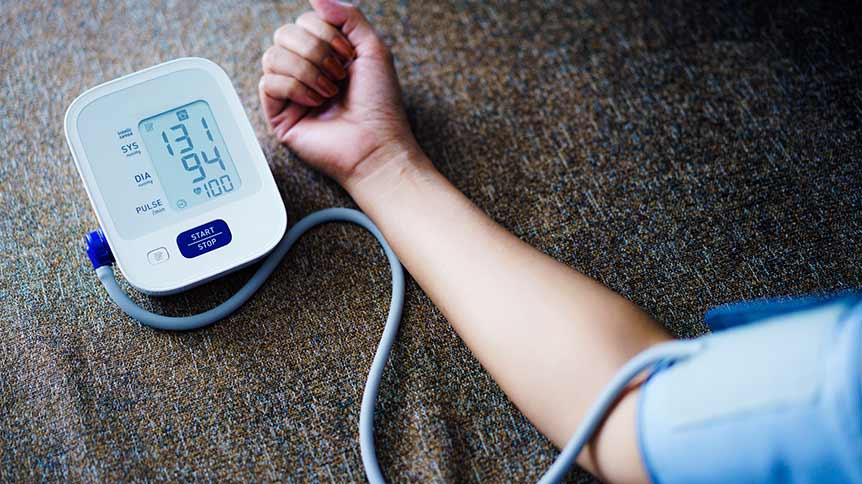

Doctors at Queen Mary University of London, Barts Health NHS Trust, and University College London have led the development of Targeted Thermal Therapy (Triple T), a simple, minimally invasive procedure that has the potential to revolutionise medical management of a common but often overlooked cause of high blood pressure – particularly impacting those of a South Asian heritage.
This breakthrough could, with additional testing, benefit millions of people worldwide who are currently undiagnosed and untreated. In the UK, Triple T, known scientifically as endoscopic ultrasound-guided radiofrequency ablation, was rigorously tested, in collaboration with researchers from University College London, University College Hospital NHS Trust, Cambridge University NHS Trust, and the University of Cambridge.
High blood pressure affects one in three adults, of whom a hormonal condition called primary aldosteronism accounts for one in twenty cases. However, fewer than one per cent of those affected are ever diagnosed.
The condition occurs when tiny benign nodules in one or both adrenal glands produce excess aldosterone, a hormone that raises blood pressure by increasing salt levels in the body. Patients with primary aldosteronism often do not respond well to standard blood pressure medications and face higher risks of heart attacks, strokes, and kidney failure.
Until now, the only effective cure for primary aldosteronism has been surgical removal of the entire adrenal gland, requiring general anaesthesia, a two-to three-day hospital stay, and weeks of recovery. As a result, many patients go untreated.
Triple T offers a faster, safer alternative to surgery, by selectively destroying the small adrenal nodule without removing the gland. This is made possible by recent advances in diagnostic scans, using molecular dyes that accurately identify and locate even the smallest adrenal nodules. Those in the left adrenal gland are seen to be immediately adjacent to the stomach, from where they can be directly targeted.
MORE LIKE THIS…
The new treatment harnesses the energy of waves, adapting two well-established medical techniques: radiofrequency or microwaves generate heat in a small needle placed into the malfunctioning tissue, causing a controlled burn; ultrasound uses reflected sound waves to create a real-time video of the procedure.
In Triple T, as in routine endoscopy, a tiny internal camera – in this case using ultrasound as well as light – is passed by mouth into the stomach. The endoscopist visualises the adrenal gland and guides a fine needle from the stomach precisely into the nodule. Short bursts of heat destroy the nodule but leave the surrounding healthy tissues unharmed. This minimally invasive approach takes only 20 minutes and eliminates the need for internal or external incisions.
The study is called FABULAS, the name being an acronym for a Feasibility study of radiofrequency endoscopic ABlation, with ULtrasound guidance, as a non-surgical, adrenal-sparing treatment for aldosterone-producing adenomas.
FABULAS tested Triple T in 28 patients with primary aldosteronism, whose molecular scan had pinpointed a hormone-producing nodule in the left adrenal gland. The new procedure was found to be safe and effective, with most patients having normal hormone levels six months later. Many participants were able to stop all blood pressure medications, with no recurrence of the condition.
MORE LIKE THIS…
Professor Morris Brown, co-senior author of the FABULAS study and Professor of Endocrine Hypertension at Queen Mary University of London, said, "It is 70 years since the discovery in London of the hormone aldosterone, and, a year later, of the first patient in USA with severe hypertension due to an aldosterone-producing tumour.
“This patient's doctor, Jerome Conn, predicted, with perhaps only minor exaggeration, that 10-20% of all hypertension might one day be traced to curable nodules in one or both glands. We are now able to realise this prospect, offering 21st-century breakthroughs in diagnosis and treatment."
With further studies underway, this breakthrough treatment could soon become a standard procedure worldwide, transforming care for patients with this curable form of hypertension.
(ANI)